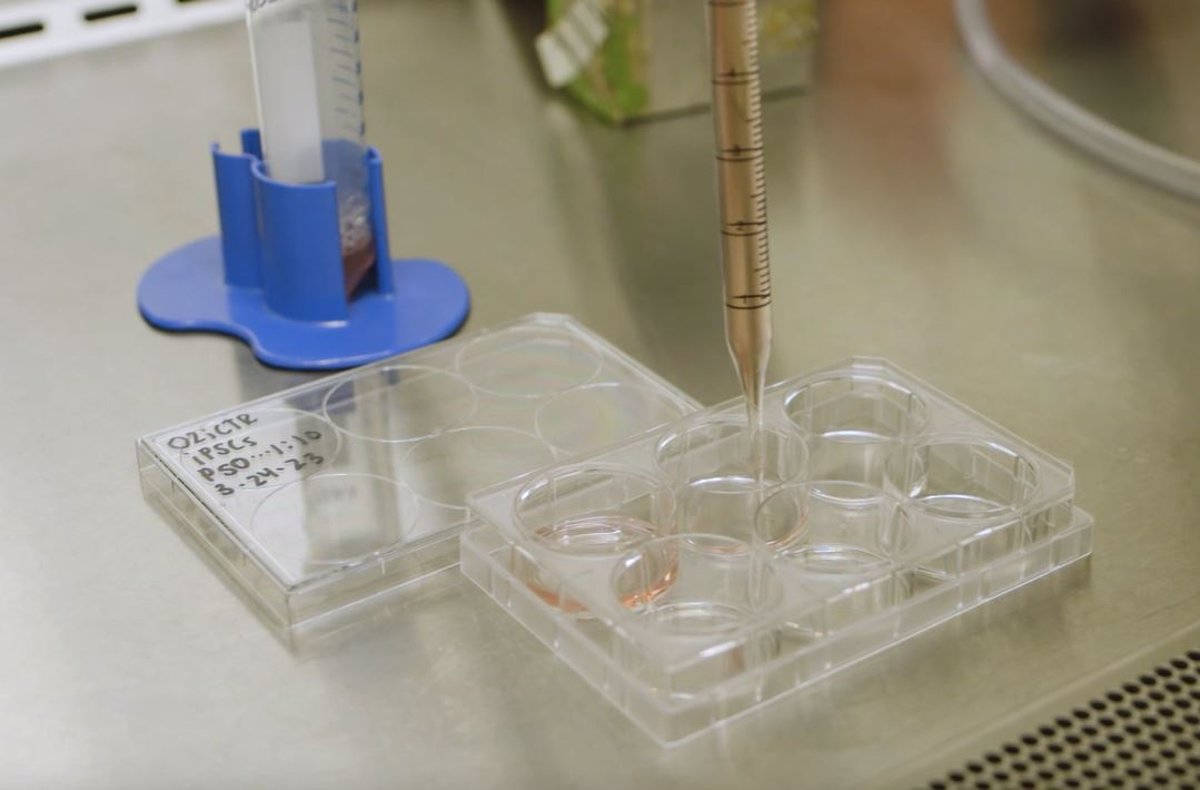Madrid, 10 May. (Europe Press) –
Cedars-Sinai researchers will explore whether microgravity can be eased by sending stem cells into space. and makes the production of large volumes of stem cells more efficient.
The second crew of Axiom Space (Ax-2) to the International Space Station has begun its mission. –scheduled to release on May 21st–, This is the first in a series of NASA-funded missions in which, for the first time, astronauts will generate induced pluripotent stem cells (iPSCs) in space.
Astronauts will grow and differentiate stem cells to see if microgravity has any effect on how cells develop into other cell types. Like brain and heart.
“A major challenge for using iPSCs for human therapies is to produce them in sufficient quantity at the highest quality,” he said. It is a statement Co-principal investigator Arun Sharma is a stem cell biologist at the Board of Governors’ Institute for Regenerative Medicine and the Schmidt Heart Institute at Cedars-Sinai.
“We want to mass-produce billions of them to use them for a variety of applications, including the discovery of new drugs that can improve heart function. And we’ve been improving this recently. Over the years, there are still some limitations when it comes to manufacturing these stem cells. We think microgravity can overcome some of that.”
A pluripotent stem cell is a highly potent type of cell that has been reprogrammed from an adult cell to return to a powerful state called “pluripotency,” in which the cell can become any type of cell. human body Once in this state, it can be modeled for disease and used for personalized treatments..
However, one of the main problems with iPSC production on Earth may be the stress induced by gravity, which makes it difficult for cells to expand and grow. In a low-gravity environment, this pressure is no longer a barrier. This makes it easier for the stem cells to proliferate faster.
“Gravity continues to pull these pluripotent stem cells toward Earth, putting pressure on them and giving them the stimulus to start turning into other cell types, but in microgravity that effect no longer exists,” said co-principal investigator Clive Svendsen. The mission “When gravity doesn’t pull on cells, we want to test whether they grow faster, have fewer genetic mutations, and remain pluripotent. Then, when we transform them into cells that are important for health, we’ll see if they do better in microgravity. That’s the goal of this new mission, and we’re all very excited to see what happens there.”
The Cedars-Sinai team will be at Kennedy Space Center for a week before preparing the stem cells and loading them into the Dragon spacecraft. The first mission will last about a week and is in preparation for longer missions in the coming months. It will study how well stem cells differentiate and absorb DNA during spaceflight.

